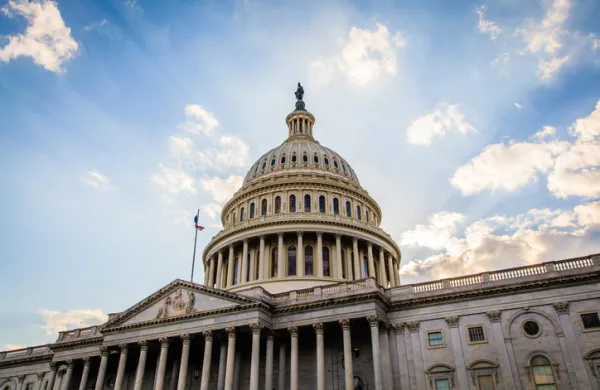After hitting a record high in 2019, secondary market volume plummeted in 2020 as the Covid-19 pandemic dominated markets.
Secondary market volume fell 27.7 percent in 2020 to $61.8 billion, according to a report published Friday by secondary advisory firm Setter Capital.
“During the crisis, nobody had a crystal ball,” said Tejvinder Mondair, who works on the advisory team at Setter. Market uncertainty ushered in by the pandemic led to a mismatch between buyer and seller deal expectations, Mondair said.
Setter surveyed 100 of the largest players in the secondary market, which include Blackrock’s private equity team, Hamilton Lane, Morgan Stanley, and Neuberger Berman, among others. According to Setter, the survey respondents account for 95.2 percent of the transaction volume on the secondary markets.
The group measured deal volume by the total exposure (including net asset value and unfunded commitments) purchased by survey respondents. In 2019, that volume hit a record $85.4 billion. In 2020, it fell across nearly every asset class.
For instance, the private equity secondary market’s volume decreased 27.8 percent, to a total of $56.21 billion. The private debt fund market took a larger hit, plummeting 79.7 percent to $638 million in 2020, while energy fund secondaries were down an even steeper 87.2 percent to $226 million, according to the report.
Much of this decline resulted from not just uncertainty in the markets, but from deals falling apart. Sixty percent of buyers surveyed said they felt that more deals fell apart in 2020 versus the prior year, primarily because the seller decided not to sell. Thirty-four percent noted that the adverse economic issues triggered the use of material adverse change clauses to break off deals.
“Buyers and sellers were not coming together in terms of price,” Mondair said.
According to the survey, the majority of buyers — 82.7 percent — were secondary funds. On the flip side, general partners and pension funds were the primary sellers in the market — each taking up about 27 percent of the market share.
[II Deep Dive: These Are the Most Popular Private Equity Funds in the Secondary Market]
The period between March and July was when deals slowed down significantly, Mondair said, because of the high level of uncertainty in the market. “The price was going to 50 or 60 cents on the dollar, which led sellers to stay back so they didn’t have to take a haircut,” Mondair said.
Once private investment firms put out their second-quarter numbers, deals were able to move forward, Mondair said. But there was still a mismatch between buyers and sellers.
“Sellers were looking at these public markets as they’re improving,” Mondair said. “Buyers were still looking at the economy and they were not ready to pay that kind of price.”
But survey respondents are optimistic about the secondary markets in 2021. According to the survey, they expect secondary volume to rebound to $89.84 billion, a 45.5 percent increase year-over-year, and a new record for the market.







